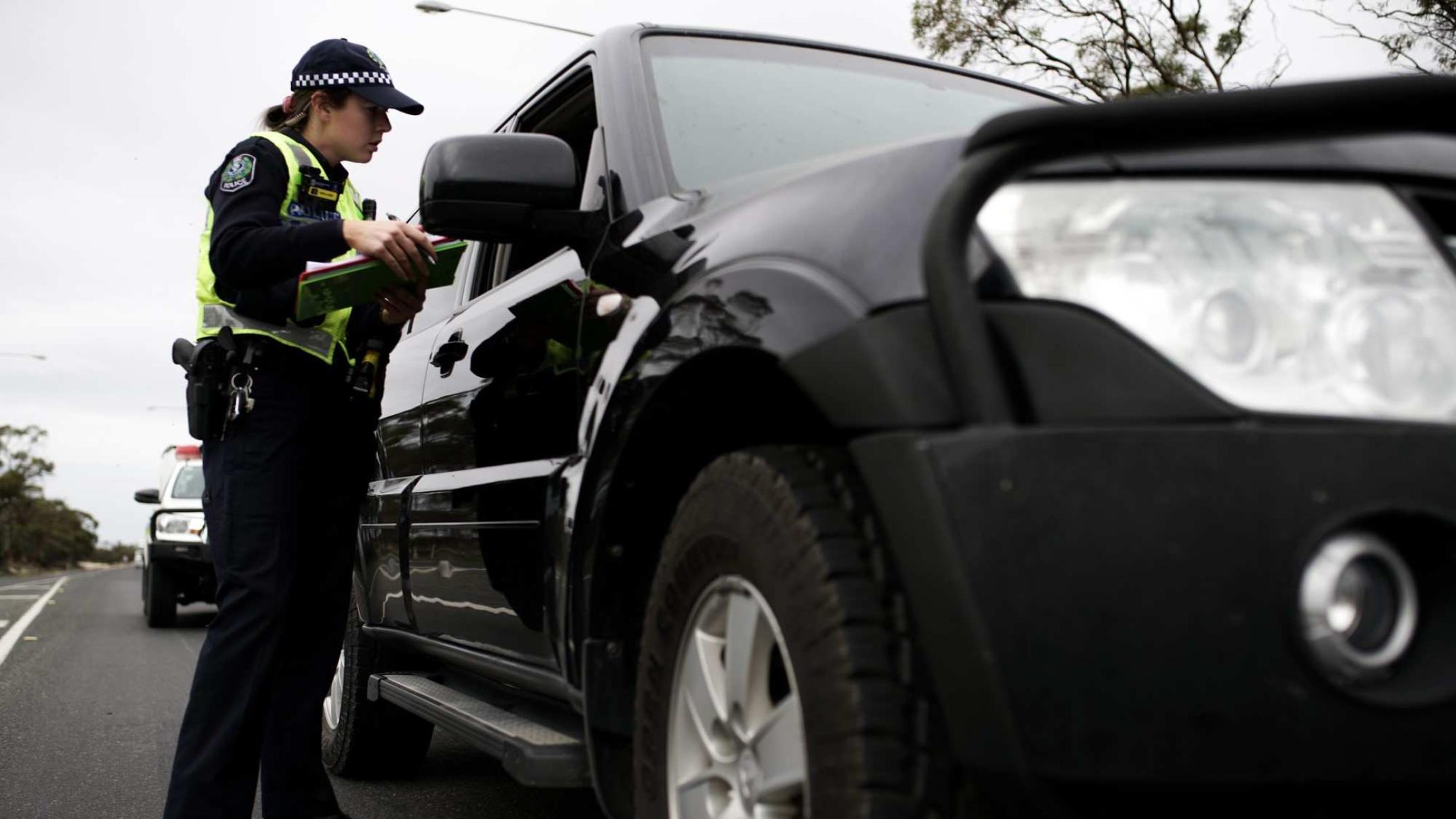South Australia will remove its quarantine requirements for travellers from Greater Brisbane who arrive in the state from Sunday, after SA health authorities reassessed the risk from a coronavirus cluster.
Key points:
- From Sunday, most Greater Brisbane travellers will be able to enter SA without quarantining
- Those entering SA before next Thursday will still have to undergo testing on days one, five and 12
- People who have visited “high-risk locations” in Queensland will still have to quarantine
Those who arrive in SA from Greater Brisbane from midnight on Sunday morning until next Thursday will still be required to undergo coronavirus tests on days one, five and 12.
Brisbane’s Grand Chancellor cluster of COVID-19 cases remains at six cases, with new cases today not linked to the outbreak.
Chief Public Health Officer Nicola Spurrier said the majority of Brisbane travellers who are already self-isolating in SA will be released from quarantine.
“We’ve had a good look at the risks,” Professor Spurrier said.
“We have decided that 14 days from when the likely transmission occurred from the first case … we will cease requirements for people quarantining coming from Greater Brisbane into our state.
“We’re hoping that that will be the end of this cluster.
But she said travellers who have attended “high-risk locations” will be required to continue quarantine.
SA authorities still consider several Greater Brisbane locations to be hotspots, including individual Woolworths, Coles and Bunnings outlets and a newsagency.
Those locations have all been linked to the original case in the Grand Chancellor cluster — a hotel cleaner whose partner has also tested positive for the highly contagious UK variant.
“There were particular times and places when the cleaner and her partner had been infectious and within the community,” Professor Spurrier said.
Acting State Police Commissioner Linda Williams said SA would keep its border restrictions in place with New South Wales for the time being, due to the current COVID-19 transmission in that state.
SA recorded one new case of coronavirus today — a traveller in a medi-hotel.
The state’s 10 active cases of the disease were all acquired overseas.
World tennis stars land in Adelaide
SA Premier Steven Marshall today defended the use of a North Adelaide hotel to accommodate quarantining international tennis stars, who have arrived in SA for an Australian Open curtain-raiser event on January 29.
Two international flights landed at Adelaide Airport on Thursday evening carrying tennis players and their support staff, who have begun a fortnight’s quarantine ahead of the tournament.
Authorities have repeatedly assured the public that special provisions in place for the players — including Serena Williams and Novak Djokovic — would not compromise public safety.
The players and staff will be in quarantine for 14 days but are allowed five hours outside their hotel rooms to train daily, with strict measures in place.
Mr Marshall said the players’ quarantine arrangements had been fully approved by SA Health.
“I wouldn’t say that they’re not in a medi-hotel — it’s a hotel which is abiding by all of the strict confines that we apply to all of our medi-hotels,” Mr Marshall said.
“So it might not be one that we’ve previously used but it will abide by all of the very strict standards that we have.”
Mr Marshall added that SA taxpayers were not footing the bill, and that “Tennis Australia is picking up the tab”.
Rafael Nadal today took to social media to share a photo of the view from his hotel room balcony, saying while “it’s cold” in Adelaide, he was now quarantining in Australia and is “happy to be here again”.
Professor Spurrier said she had personally reviewed the procedures to be used for the visiting athletes.
“These are elite athletes and we want to make sure it’s comfortable for them and they do need to have the training privileges,” she said.
“I have even had to look at the protocol about how we re-string the racquets and make sure that they’re all clean and taken back to the players in a good turnaround time.”




